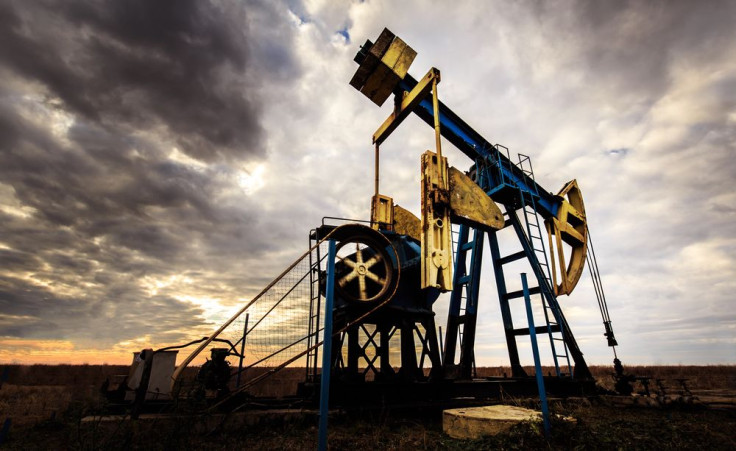Pollution From Fracking Boom Linked To Increase In Hospitalizations In Pennsylvania

As drilling wells are popping up in increasing numbers around the country, researchers are scrambling to find what potential health repercussions can come with living near a hydraulic fracturing site. Recently, the California Council on Science and Technology (CCST) made a movement to find out what types of chemicals are used in fracking, as water is now being repurposed for farm irrigation. Other inquiries into whether or not potential contamination could lead to medical complications have come back inconclusive; the EPA declared in early June that contamination with fracking does happen, but in very small numbers when compared to the breadth of the industry.
So does fracking pose health threats? Researchers from the University of Pennsylvania and Columbia University published a study in PLOS One, looking into just that. They found that, interestingly enough, hospitalizations as a result of heart conditions, neurological illnesses, and various other conditions were significantly higher near fracking, and oil drilling sites. Researchers wonder if this has anything to do with water and air pollution increasing with the increase in wells.
In order to shed more light on the issue, researchers from two different Environmental Health Science Core Centers (EHSCC) teamed up to examine the link between impacts on public health and increased drilling density between the years 2007 and 2011 in three northeastern Pennsylvania Counties. Pennsylvania is known to be the largest drilling state in the country, with 6,000 wells drilled into the Marcellus Shale since 2008.
The team of researchers examined cases of hospitalization by using databases that contained 198,000 hospitalizations in these areas, including cases where one individual was hospitalized on more than one occasion. They looked at 25 specific medical conditions that caused hospitalizations, defined by the Pennsylvania Health Cost Containment Council. They then took these cases, and cross examined them with the patient’s proximity to fracking wells. Two of the counties that were looked into, Bradford and Susquehanna, saw a recent, significant increase in drilling sites during this time period, while the third county, Wayne, had no drilling activity at all due to a ban on fracking within proximity to the Delaware River watershed.
“This study captured the collective response of residents to hydraulic fracturing in zip codes within the counties with higher well densities,” said Dr. Reynold Pantettieri Jr., a professor of Medicine and CEET deputy director, in a recent press release. “At this point, we suspect that residents are exposed to many toxicants, noise, and social stressors due to hydraulic fracturing near their homes, and this may add to the increased number of hospitalizations. This study represents one of the most comprehensive to date to link health effects with hydraulic fracturing.”
Researchers acknowledge that their study cannot determine the specific chemicals or toxicants that caused hospitalizations. For instance, in cases of hospitalizations linked to heart problems, researchers did not measure whether exposure to air pollution from diesel fuel or particulate matter was to blame; instead, they hope to conduct further research into this. “Our findings provide important clues to design epidemiological studies to associate specific toxicant exposures with health end-points,” the study says. In the future, they hope that finding connections between wells and health issues will initiate insight into more explicit details on what causes these medical problems.
Overall, researchers did find substantial evidence for a link. When examining patients who lived significantly closer to wells, they found these individuals had higher inpatient rates for cardiovascular and neurological complications. Increased neurologic inpatient prevalence was particularly high when a greater number of wells was found in the surrounding area. What’s more, researchers found an increase in hospitalizations due to urologic problems, cancer, and skin conditions in patients living closer to drilling sites.
Patients who lived within 18 zip codes that had a well density of 0.79 or greater (considered high) had a 27 percent increase in hospitalizations associated with cardiovascular complaints each year these wells were active. Zip codes existing within Wayne County, however, did not face a similar issue.
Researchers concede that this evidence does not prove hydraulic fracturing was the direct cause of these hospitalizations, but the trend does seem to conclude a correlation. Ultimately, the team hopes that state governments consider health care costs to their residents when considering fracturing within residential areas, and intends to study the matter more deeply within the future.
Source: Jemielita T, Gerton G, Panettieri R, et al. Unconventional Gas and Oil Drilling Is Associated with Increased Hospital Utilization Rates. PLOS ONE. 2015.
Published by Medicaldaily.com



























